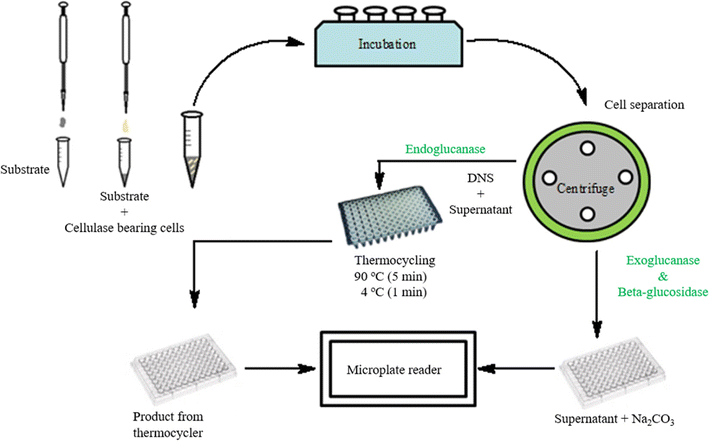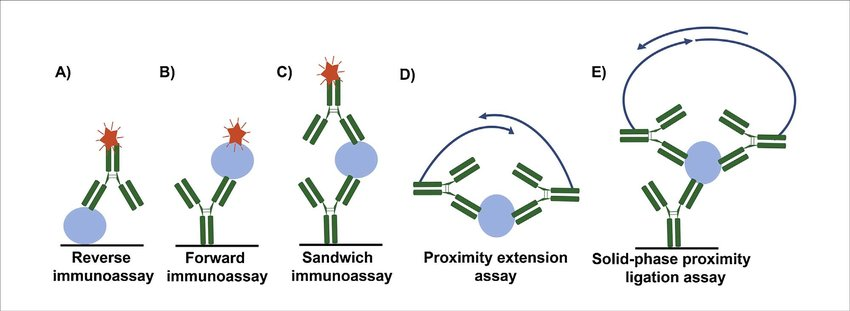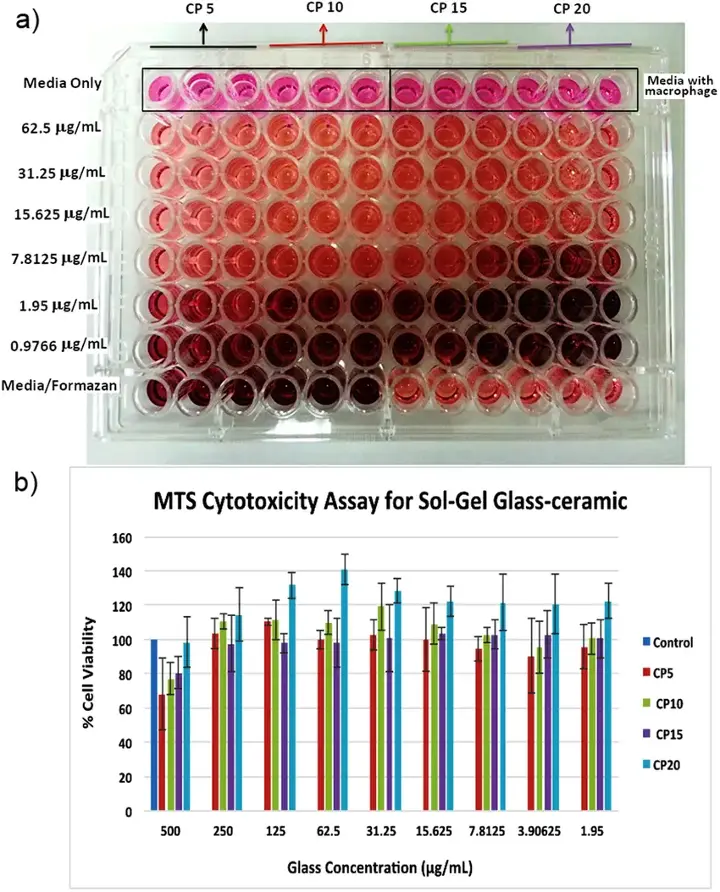Biochemical assays constitute the cornerstone of biological research and diagnostics, enabling us to elucidate the intricate workings of cells and organisms at the molecular level. These assays exploit the inherent properties of biomolecules – enzymes, substrates, antigens, antibodies – to generate quantifiable signals that illuminate various cellular processes. Here, we explore the diverse repertoire of biochemical assays, examining their applications and recent advancements.
1. Enzymatic Assays: Quantifying Enzyme Activity
Enzymatic assays exploit the exquisite catalytic activity of enzymes. By measuring the rate of substrate conversion to product, we gain insights into enzyme function, kinetics, and regulation. Common formats include:
- Continuous Assays: Monitor product formation in real-time using spectrophotometric or fluorometric techniques.
- Discontinuous Assays: Measure product accumulation at a defined endpoint, often employing colorimetric or gravimetric methods.
Applications:
- Enzyme Characterization: Determining kinetic parameters (Km, Vmax) to understand enzyme function.
- Drug Discovery: Identifying and characterizing enzyme inhibitors for therapeutic development.
- Clinical Diagnostics: Quantifying enzyme activity in patient samples for disease diagnosis (e.g., serum alanine aminotransferase for liver damage).
2. Immunoassays: Detecting and Quantifying Antigens with Antibodies
Immunoassays leverage the exquisite specificity of antibodies to detect and quantify target antigens. These assays come in various formats:
- Enzyme-Linked Immunosorbent Assay (ELISA): The gold standard for antigen detection, ELISA employs plate-based immobilization of antigen or antibody, followed by enzymatic signal amplification.
- Western Blotting: Separates proteins by gel electrophoresis, facilitating antigen identification and characterization.
- Immunoprecipitation: Isolates specific antigen-antibody complexes for further analysis.
Applications:
- Protein Expression Analysis: Quantifying protein levels in cells or tissues.
- Immunology Research: Studying antigen-antibody interactions and immune responses.
- Diagnostic Microbiology: Detecting infectious agents (e.g., ELISA for HIV diagnosis).
3. Cytotoxicity Assays: Evaluating Cellular Death and Survival
Cytotoxicity assays evaluate the impact of drugs or environmental factors on cell viability. Common methods include:
- MTT Assay: Measures mitochondrial activity, an indirect indicator of cell health.
- Lactate Dehydrogenase (LDH) Assay: Quantifies LDH release, a marker of cell membrane damage and cytotoxicity.
- Cell Counting Assays: Directly enumerate viable cells using automated or manual methods.
Applications:
- Drug Screening: Assessing the cytotoxic potential of drug candidates.
- Toxicology Studies: Evaluating the safety of environmental agents.
- Cell Biology Research: Understanding mechanisms of cell death and survival.
Innovation at the Forefront: Unlocking New Possibilities
The field of biochemical assays is constantly evolving. Microfluidics technology facilitates miniaturization and automation, enabling high-throughput screening and multiplex analysis. Additionally, bioluminescent and bioluminescent resonance energy transfer (BRET) assays offer enhanced sensitivity and real-time monitoring capabilities.
In conclusion, biochemical assays serve as essential tools for researchers and diagnosticians investigating cellular processes at the molecular level. These assays enable the quantification of enzymatic activity, detection and measurement of antigens, and evaluation of cytotoxicity. By providing a comprehensive toolkit, biochemical assays play a critical role in unlocking the complexities of cellular biochemistry. As the field continues to develop, we can anticipate the emergence of even more advanced and versatile assays, further propelling our understanding of biological processes.
Want to learn more about assay techniques used in drug discovery? Check out this interesting video!



![The schematic diagram displays lab-on-a-chip microfluidic devices utilizing optical-based detection techniques. At the top, a standard microfluidic channel is shown, where a human sample containing normal and cancerous cells has been introduced. The cells pass through microchannels, and a screening and detection step is performed using an optical-based detection technique. The four types of sensor chips depicted are (a) fluorescence-based biosensor, (b) chemiluminescence-based biosensor, (c) localized surface plasmon resonance, and (d) surface-enhanced Raman scattering sensor chips. Insets of micrographs adapted with permission from Refs. [20,21] a and b, respectively and [22] for d. Copyright 2019 WILEY and 2019 and 2021 Elsevier. The schematic diagram displays lab-on-a-chip microfluidic devices utilizing optical-based detection techniques. At the top, a standard microfluidic channel is shown, where a human sample containing normal and cancerous cells has been introduced. The cells pass through microchannels, and a screening and detection step is performed using an optical-based detection technique. The four types of sensor chips depicted are (a) fluorescence-based biosensor, (b) chemiluminescence-based biosensor, (c) localized surface plasmon resonance, and (d) surface-enhanced Raman scattering sensor chips. Insets of micrographs adapted with permission from Refs. [20,21] a and b, respectively and [22] for d. Copyright 2019 WILEY and 2019 and 2021 Elsevier.](/web/image/41469-80e2348d/image.png?access_token=dd0207cd-1435-4c51-a0ce-47334e94523a)